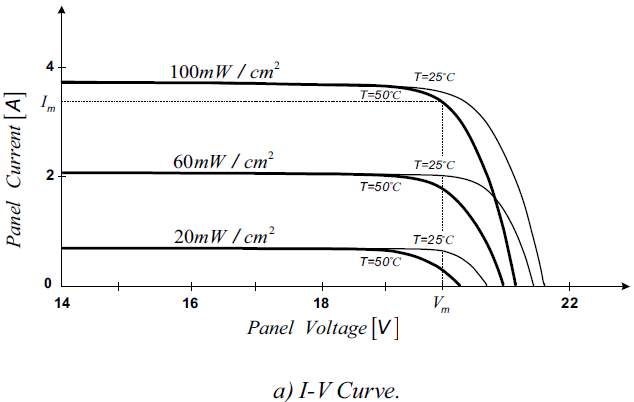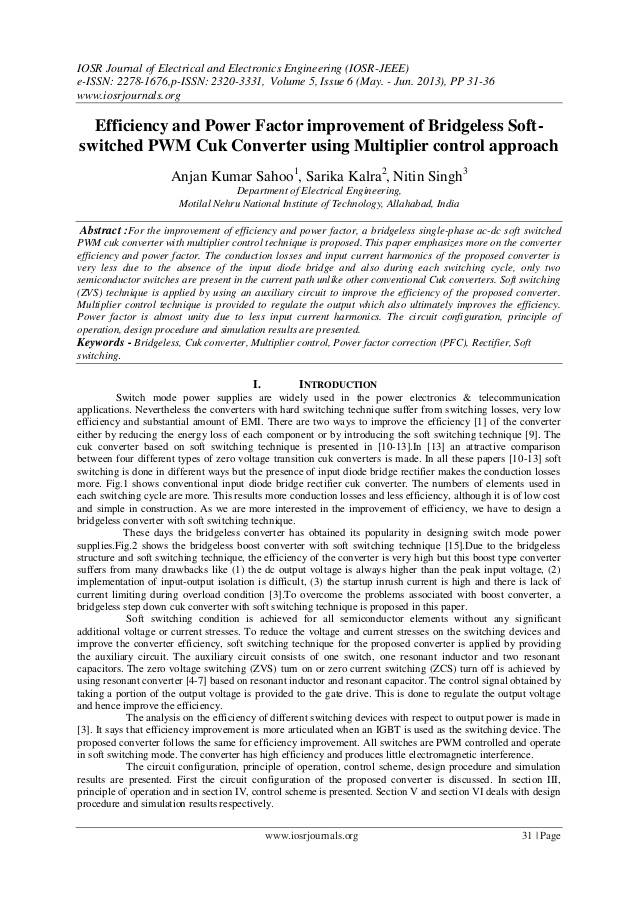
Such an article offers the operation principle and steady evaluation, as well as a comparison with other existing high step-up configurations. This converter seems to have the same capabilities as the Zeta converter, including continuous desired output current and desired buck-boost operation. The said converter's design is very simple, which simplifies the operation control and reduces switching and conduction losses, leading to an efficiency of 97.4 percent. Conversely, because of the detrimental consequences of the parasitic constraints of the device, the voltage conversion gain of the traditional DC-DC converter is much more restricted and the efficiency is also significantly smaller, whereas this proposed converter does have a higher voltage gain and efficiency because it is used in a single power switch, resulting in reduced switching losses and voltage stress. The traditional buck-boost, classic Zeta, Sepic, and Cuk converter does have the benefits of a simple design, low cost, as well as the capacity to execute voltage step-up and step-down. This article discusses a transformer-free, high-efficiency DC-DC converter besides renewable energy applications. Finally, when the presented converter was tested under various loads, including unbalanced load situations, a reasonable output voltage regulation was achieved, with the two output voltages being nearly identical with a deviation of less than 0.25 % under a severe unbalanced load condition of 150 % The simulation results were checked and compared to the findings of the mathematical model, yielding an excellent match with a percentage error of less than 2.15 %. In addition, the entire converter circuit was simulated and analyzed with MATLAB/Simulink. A set of analytical equations has been derived and presented in this paper to represent a mathematical model of the converter. The modeling and simulation results of the high-frequency transformer are validated by the experimental implementation results and good agreement was obtained with a small percentage of errors less than 4 %. A complete design and detailed analysis of the high-frequency transformer with the ANSYS Maxwell platform is presented in this paper. The proposed converter is designed to deliver a total output power of 2,000 W using only one modulating switch. Hence, this paper is concerned with the design, analysis and simulation of an isolated dual-output modified Cuk converter.

cascaded H-bridge (CHB) topologies required more than one output.

Supply of some applications such as the DC link of modular multilevel inverters, e. One of these modifications is to add a transformer to transfer more power and to separate the output side from the input side. In order to get more supplied power from this converter, some changes in its design were necessary. However, the output power is limited for all transformer-less converter types including the conventional Cuk converter. Among the transformer-less DC-DC converters, the superiority of the conventional Cuk converter is obvious in its good properties.


 0 kommentar(er)
0 kommentar(er)
